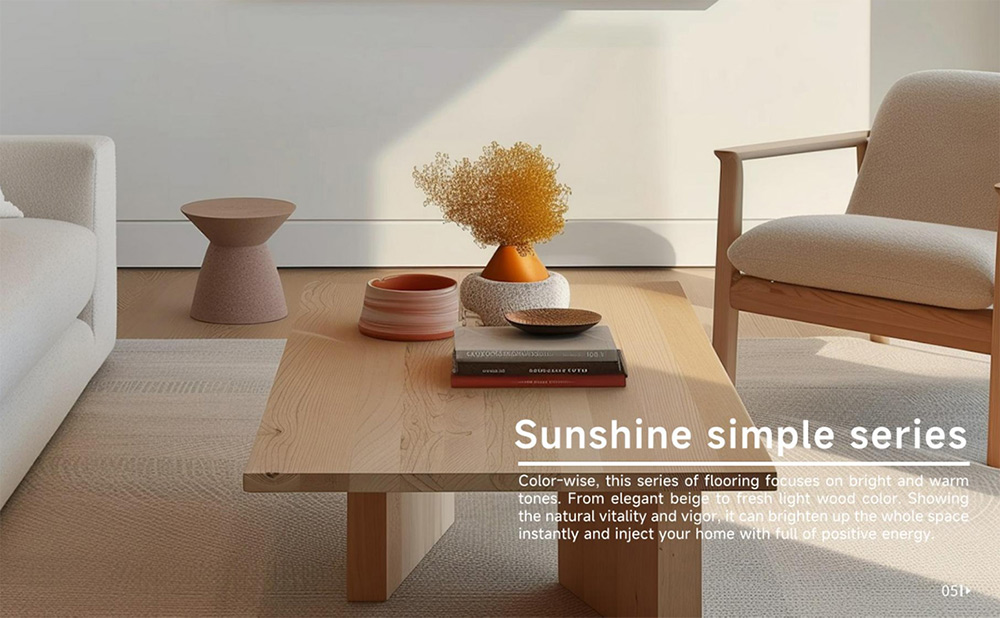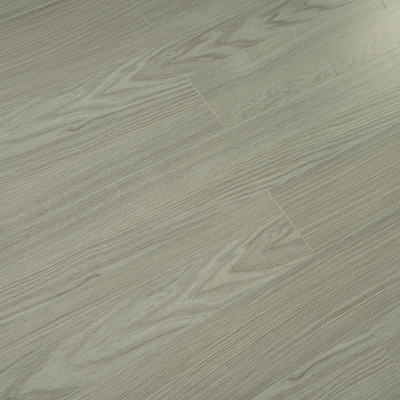A Comprehensive Guide: How to Choose Between SPC, LVT, and WPC Flooring ?
A Comprehensive Guide: How to Choose Between SPC, LVT, and WPC Flooring
In today’s competitive construction and renovation industries, choosing the right flooring material is crucial to ensuring both durability and aesthetic appeal. Among the most popular options on the market are SPC, LVT, and WPC flooring, each offering distinct advantages depending on the requirements of your project.
Whether you are a contractor, architect, or business owner, selecting the appropriate type of flooring material for your commercial or residential property is essential. This comprehensive guide will provide you with the key features, benefits, and considerations for SPC (Stone Plastic Composite), LVT (Luxury Vinyl Tile), and WPC (Wood Plastic Composite) flooring, helping you make an informed choice.
Introduction to SPC, LVT, and WPC Flooring
SPC, LVT, and WPC are all engineered flooring options that have grown in popularity due to their cost-effectiveness, aesthetic versatility, and ease of installation. Each has unique properties, making them suitable for different environments and usage scenarios.
Let’s break down the features of each:
SPC Flooring: A rigid core flooring option made from a combination of limestone, polyvinyl chloride (PVC), and stabilizers. SPC flooring is known for its exceptional durability and water resistance.
LVT Flooring: Luxury Vinyl Tile is a flexible and stylish flooring solution that mimics the look of natural materials like wood, stone, and ceramic, but with the added benefits of enhanced moisture resistance and ease of maintenance.
WPC Flooring: Wood Plastic Composite flooring is a highly durable and waterproof option made from a blend of wood fibers and thermoplastic polymers. WPC flooring is ideal for areas prone to high moisture levels, offering both comfort and practicality.
Key Considerations for Choosing the Right Flooring
When deciding between SPC, LVT, and WPC flooring, several factors should influence your decision:
1. Durability and Resistance to Moisture
SPC Flooring:
SPC is often considered the most durable among the three options. Its rigid core construction provides excellent resistance to scratches, dents, and impacts. The stone composite material is waterproof, making it an ideal choice for areas exposed to moisture, such as kitchens, bathrooms, and basements.
LVT Flooring:
LVT offers high resistance to scratches and stains, but its durability can vary based on the wear layer and installation. It is water-resistant but not entirely waterproof. While LVT is a good option for dry areas, its performance may be compromised in high-moisture environments unless properly installed with a high-quality underlayment.
WPC Flooring:
WPC flooring offers a higher level of water resistance than LVT due to its wood-plastic composite core. WPC floors are ideal for bathrooms, kitchens, and other wet areas, and they provide a more cushioned feel underfoot compared to SPC and LVT. However, it may not be as durable as SPC, particularly in high-traffic commercial spaces.
2. Comfort and Sound Absorption
SPC Flooring:
The rigid core of SPC flooring can make it less comfortable to walk on compared to the softer WPC or LVT options. However, it is highly stable and does not require additional soundproofing layers in most residential applications.
LVT Flooring:
LVT is often considered the most comfortable option because of its flexible construction. It offers moderate sound absorption and can be quieter than SPC flooring. For added comfort, an acoustic underlayment can be installed beneath LVT flooring.
WPC Flooring:
WPC flooring stands out in terms of comfort. The core material offers a softer feel underfoot, making it ideal for spaces where standing for long periods is required. WPC flooring also excels in sound absorption, reducing noise transmission between floors.
3. Aesthetic Appeal and Design Flexibility
SPC Flooring:
SPC flooring is often available in a range of designs that mimic the look of natural materials like wood and stone. However, the design options can be somewhat limited compared to LVT or WPC due to the rigid core.
LVT Flooring:
LVT flooring is a versatile option with an almost unlimited variety of designs, including realistic wood, stone, and ceramic looks. The high-definition printing technology used in LVT allows for intricate designs, making it a popular choice for interior designers and homeowners who want a customized look.
WPC Flooring:
WPC also offers a variety of natural wood and stone designs. While the aesthetic range is more limited than LVT, it still provides a broad selection of styles and colors that cater to different tastes. The additional cushioning layer can also help absorb sound, making it a desirable option for multi-story buildings.
Application Scenarios for SPC, LVT, and WPC Flooring
1. Commercial Spaces
SPC Flooring: Best for high-traffic areas like retail stores, office buildings, and commercial showrooms due to its durability and resistance to scratches, dents, and heavy foot traffic.
LVT Flooring: Suitable for upscale commercial spaces like hotels, restaurants, and corporate offices that require a high-end look with moderate durability.
WPC Flooring: Ideal for commercial areas where comfort and sound insulation are important, such as offices and lounges.
2. Residential Spaces
SPC Flooring: Perfect for homes with pets or children, especially in areas like kitchens, bathrooms, and basements. The waterproof nature of SPC flooring ensures it can withstand moisture and spills.
LVT Flooring: Excellent for living rooms, bedrooms, and dining areas where aesthetic appeal is crucial, and moderate moisture resistance is required.
WPC Flooring: A great option for residential kitchens, bathrooms, and family rooms where comfort and noise reduction are priorities.
Frequently Asked Questions (FAQ)
1. How do I choose between SPC, LVT, and WPC flooring?
The decision depends on your specific needs:
Choose SPC for durability and water resistance.
Opt for LVT for aesthetic flexibility and comfort.
Go with WPC for comfort, sound absorption, and water resistance.
2. Can I install these flooring options on top of existing floors?
Yes, SPC, LVT, and WPC flooring can be installed over most existing floors, provided the surface is clean, dry, and level. Most options feature a click-lock installation system, making them suitable for DIY projects.
3. Is LVT flooring suitable for bathrooms and kitchens?
LVT is water-resistant but not fully waterproof. While it performs well in dry areas, it may not be ideal for high-moisture environments unless specifically designed for wet conditions.
4. How do I maintain and clean SPC, LVT, and WPC flooring?
All three flooring types are relatively easy to maintain. Regular sweeping and occasional damp mopping should suffice. Avoid using harsh chemicals and abrasive cleaners, as they can damage the finish.
Conclusion
Choosing between SPC, LVT, and WPC flooring depends on the specific requirements of your project. While all three options offer durability, water resistance, and aesthetic versatility, each has its unique advantages.
SPC is perfect for commercial spaces or areas prone to heavy foot traffic.
LVT provides unparalleled design flexibility and is ideal for residential spaces where appearance is key.
WPC combines comfort and water resistance, making it suitable for both commercial and residential applications.
Carefully evaluate your space's needs and consider factors such as durability, comfort, and aesthetics before making your decision. For expert guidance and top-quality flooring solutions, reach out to us today and find the perfect flooring option for your project.










